Now that Verizon has deemed the HTC Thunderbolt worthy of an official launch date, our friends at HTC were kind enough to send us over a review unit to play around with. We’ve handled the HTC Thunderbolt a few times already, but this is the first change we’ve had to play with HTC’s 4G LTE handset without they prying eyes burning into our backs. The packaging that the demo unit came in was not what people will be getting when they purchase the HTC Thunderbolt, so we quickly threw it to the side and turned our attention of the handset.
HTC was thoughtful by including a spec cheat sheet with the HTC Thunderbolt, but we pretty much have all the details memorized by now (as we’re sure many of you do as well). Powering the Android 2.2 device is a 1 GHz Qualcomm Snapdragon MSM 8655 processor and features a 4.3-inch WVGA display, 768 MB of RAM, 8 GB of internal storage (Verizon’s also throwing in a 32 GB class 4 microSD card which brings total storage to a whapping 40 GB), 1400 mAh battery, Buetooth 2.1 with A2DP stereo support, Wi-Fi 802.11 b/g/n, an 8 megapixel rear auto-focus camera with dual-led flash capable of 720p video recording, and a front-facing 1.3 megapixel camera for video calling, and GPS.
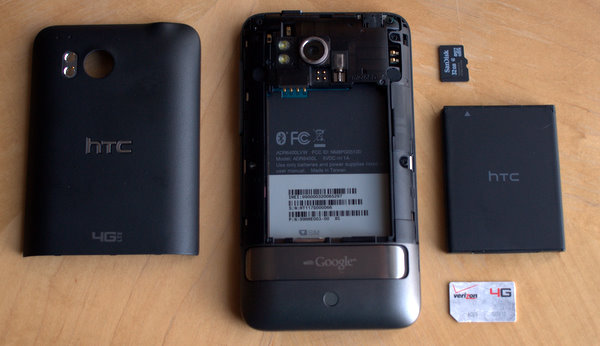
The specs don’t really look that unique since they pretty much line up with the HTC Inspire 4G, myTouch 4G, and the HTC Desire HD. So what is it that makes the HTC Thunderbolt so unique? If you want a phone with all the greatest specs, you might want to pick up a handset with NVIDIA’s Tagra 2 processor, but if you want the fastest internet connection in the world on a mobile device, the HTC Thunderbolt is the only device that can deliver the goods.
The HTC Thunderbolt is currently the only handset which features support for Verizon’s blazing fact 4G LTE network. We first experienced Verizon’s LTE speeds at CES back in January, but now that we’re using the HTC Thunderbolt in our office, it’s really hard to believe that these speeds are actually real. We’ll be doing a post specifically on the HTC Thunderbolt’s LTE data speeds, so stay tuned.
The software is pretty much identical to any other phone from HTC loaded up with HTC Sense 2.0. If you’ve used on, you’ve used them all. But the hardware is a different matter. HTC has been using a lot of aluminum in their designs as of late, but the body of the HTC Thunderbolt is made completely of plastic. The only aluminum we could find was beveled accents around the camera and flash and the kickstand which allows you to prop the thunderbolt up in portrait and landscape. Everything else consists of different shades of soft-touch rubber besides the glass screen on the front.
The size of the HTC Thunderbolt is consistent with the HTC Inspire 4G and the original HTC Desire HD, but the Thunderbolt’s thickness has increased by .06 inches. It’s not much, but it certainly is noticeable. After using the HTC Thunderbolt for about 3 hours, we can say that it doesn’t suffer from any huge battery problems. The battery does seem to drain pretty quickly while downloading content over LTE, but we have no reason to suspect that the Thunderbolt will not be able to make it through an entire day with regular day-to-day usage. We’ll be keeping a close eye on the battery and will be sure to report any abnormalities.
We’ll have a good week and a half to play with the HTC Thunderbolt, so be sure to check back in for more details on the handset.




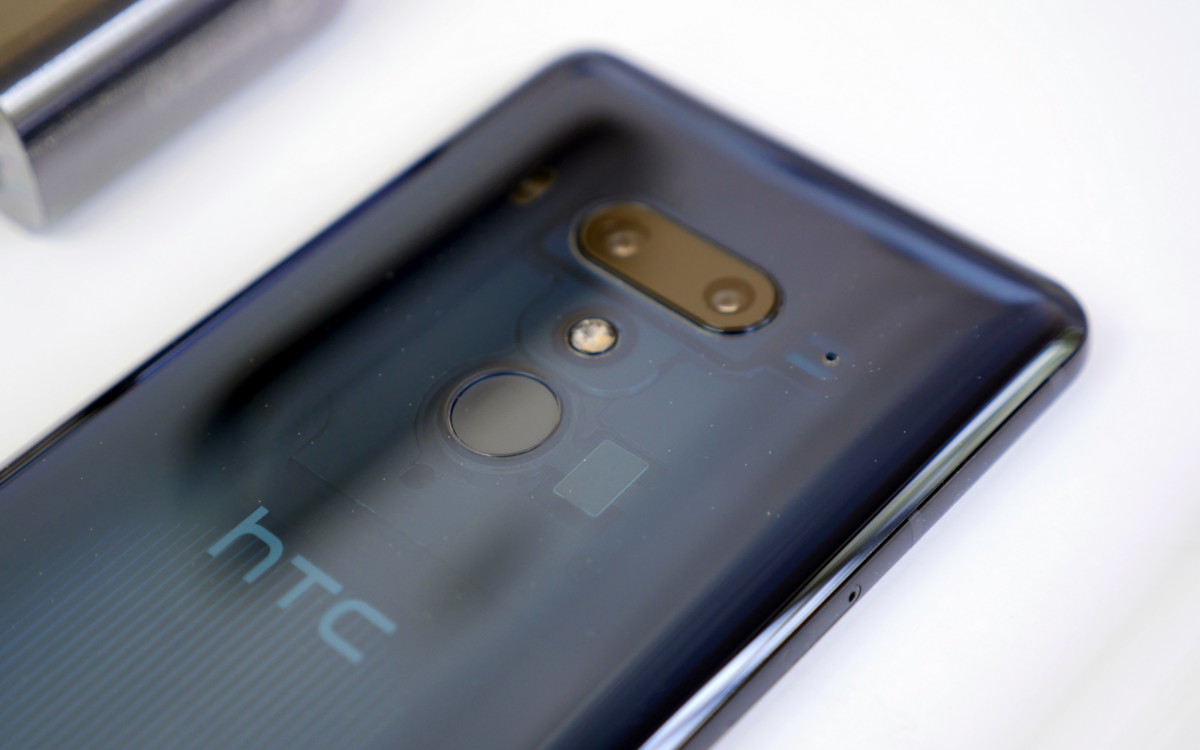
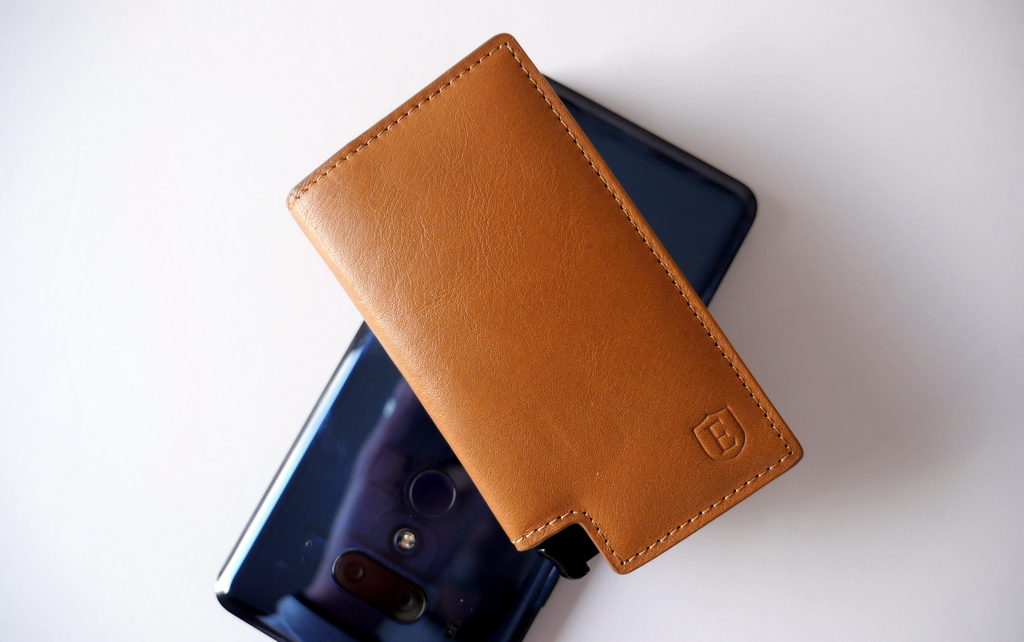

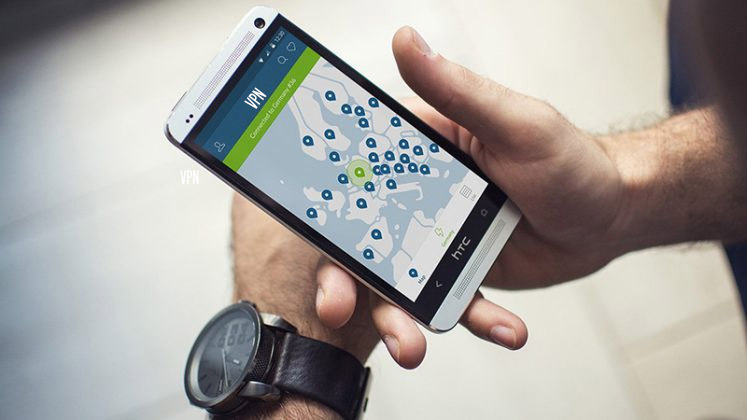


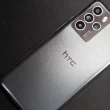













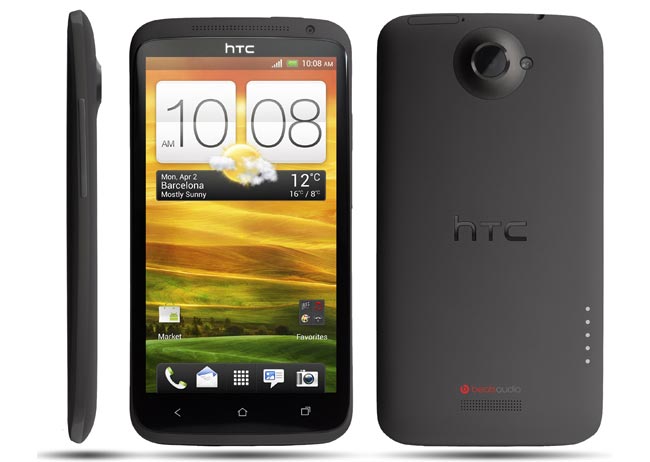
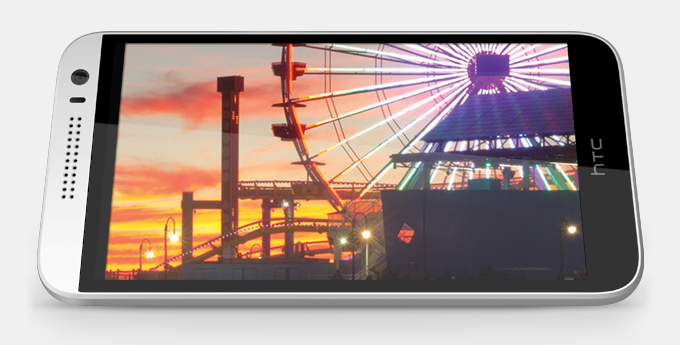

Can’t wait to get mine